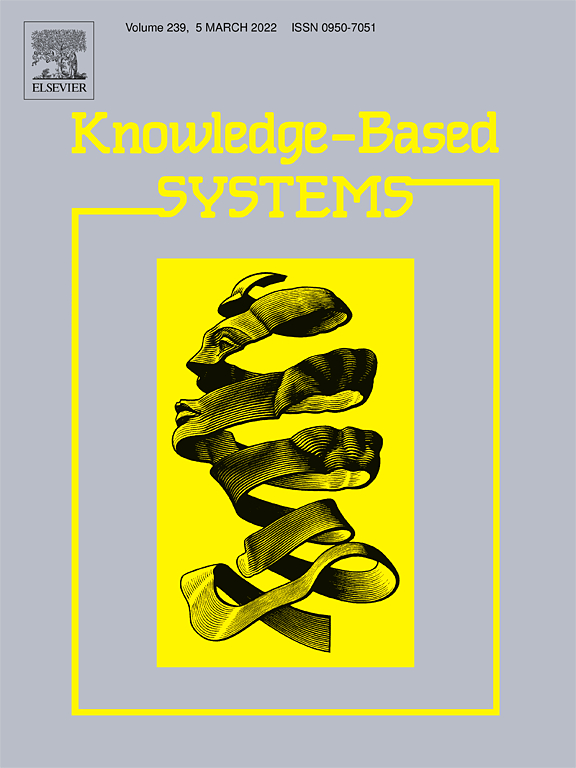Research paper is accepted by Knowledge-Based Systems.
Title: Explainable Machine Learning in Image Classification Models: An Uncertainty Quantification Perspective
Abstract:
The poor explainability of deep learning models has hindered their adoption in safety and quality-critical applications. This paper focuses on image classification models and aims to enhance the explainability of deep learning models through the development of an uncertainty quantification-based framework. The proposed methodology consists of three major steps. In the first step, we adopt dropout-based Bayesian neural network to characterize the structure and parameter uncertainty inherent in deep learning models, propagate and represent such uncertainties to the model prediction as a distribution. Next, we employ entropy as a quantitative indicator to measure the uncertainty in model prediction, and develop an Empirical Cumulative Distribution Function (ECDF)-based approach to determine an appropriate threshold value for the purpose of deciding when to accept or reject the model prediction. Secondly, in the cases with high model prediction uncertainty, we combine the prediction difference analysis (PDA) approach with dropout-based Bayesian neural network to quantify the uncertainty in pixel-wise feature importance, and identify the locations in the input image that highly correlate with the model prediction uncertainty. In the third step, we develop a robustness-based design optimization formulation to enhance the relevance between input features and model prediction, and leverage a differential evolution approach to optimize the pixels in the input image with high uncertainty in feature importance. Experimental studies in MNIST and CIFAR-10 image classifications are included to demonstrate the effectiveness of the proposed approach in increasing the explainability of deep learning models.




